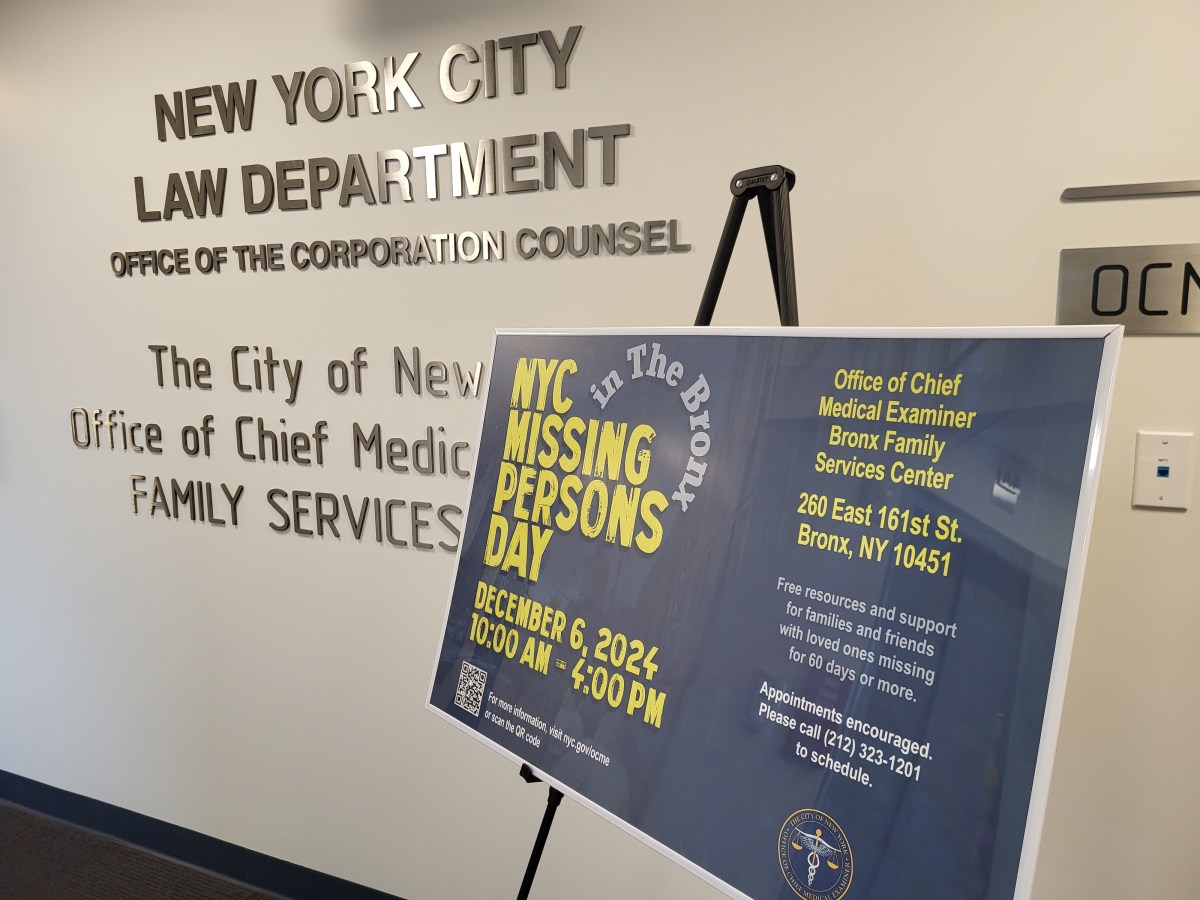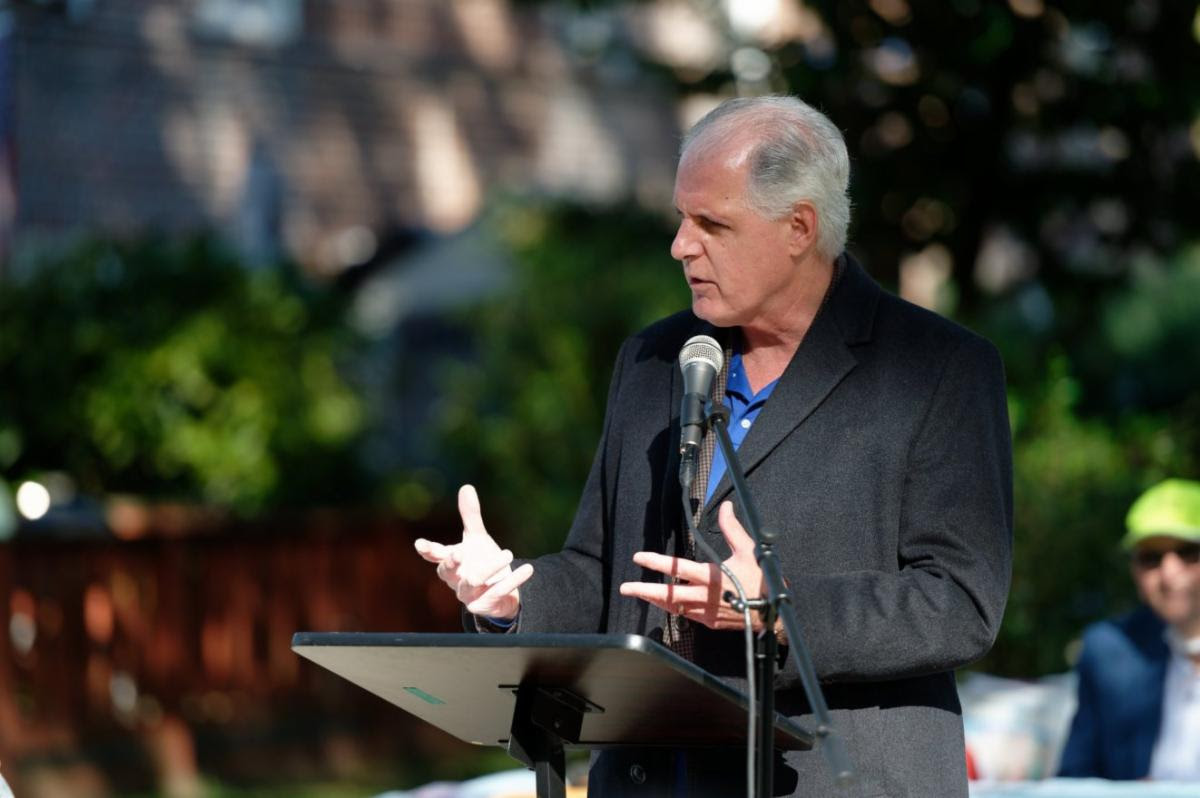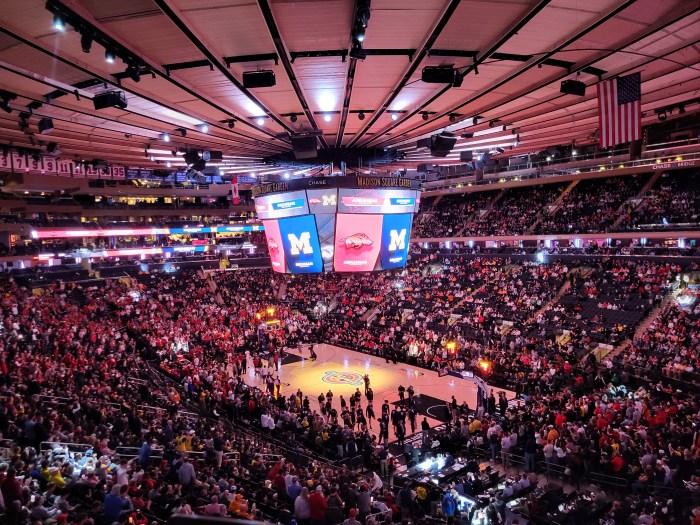As the clock continues to tick on St. Vincent’s Hospital’s survival, it’s only making it increasingly clear that Greenwich Village — as well as all of Manhattan south of 59th St. — simply cannot afford to lose this key healthcare institution.
Without St. Vincent’s, the Lower West Side would have its health safety net ripped out from beneath it. East Side hospitals would be overwhelmed picking up the slack, particularly in emergency room visits, while patients would be at increased risk: Accounts of people whose lives have been saved because St. Vincent’s was nearby when they suffered a heart attack are myriad.
But as time goes by, it’s also becoming evident that the effort to save St. Vincent’s is huge. The governor so far has been supportive, loaning the hospital several million dollars to help keep it alive these past few weeks.
There is encouraging news on the federal front, as local politicians are putting on a full-court press to try to get the Department of Housing and Urban Development to refinance St. Vincent’s mortgage. If that’s feasible, the hospital would be in far better shape, since its massive debt would be secured against default; lenders would be more willing to give money to the hospital, helping it pull itself out of its desperate financial straits.
Also, St. Vincent’s is trying to divest itself of non-core services in order to ensure the protection of its Greenwich Village hospital campus, with its acute care and E.R., plus valued services, such as its H.I.V. clinic and psychiatric unit: Three nursing homes and a Westchester hospital will be put up for sale.
Our local politicians are trying any and all means to save St. Vincent’s; Congressmember Jerrold Nadler and Council Speaker Christine Quinn reportedly tried to see if the Brooklyn bishop could help, but he couldn’t. There are rumors of an appeal to the Vatican bank.
But the only thing that will really save the hospital in the current healthcare climate is a merger. Unfortunately for St. Vincent’s, much of its current financial plight stems from an unsuccessful merger in 2000 with other Catholic hospitals, which helped cause St. Vincent’s first bankruptcy in 2005. St. Vincent’s still carries $188 million in debt from those hospitals — in malpractice and pension liabilities — more than one-quarter of St. Vincent’s overall $700 million debt.
However, there are reasons to believe a strong merger could be formed now with any one of four of five partners who may be interested. Word is that two groups have already toured St. Vincent’s, with two more set to come through this week. Because St. Vincent’s isn’t a specialized hospital, but a general hospital, it could be a good fit with New York University Medical Center, some say. And North Shore-Long Island Jewish Health System might want St. Vincent’s as a toehold in Manhattan.
Hurting St. Vincent’s have been negative and inaccurate media reports. A recent New York Times article gave the impression St. Vincent’s would be shutting down several entire departments, such as pathology and neurology. In fact, the hospital is merely letting go of 32 residents — doctors in training. No departments are being eliminated. Errors like these dangerously damage the hospital’s image at this sensitive time.
Meanwhile, the need for St. Vincent’s will only grow. Lower Manhattan’s residential population is expanding, and the World Trade Center is being rebuilt; more residents will be coming to Hudson Yards as that area is developed.
Whatever it takes, St. Vincent’s must remain an acute-care hospital with an E.R. to serve Greenwich Village and the whole West Side. State Senator Tom Duane put it best: “Not saving St. Vincent’s is not an option.”




































